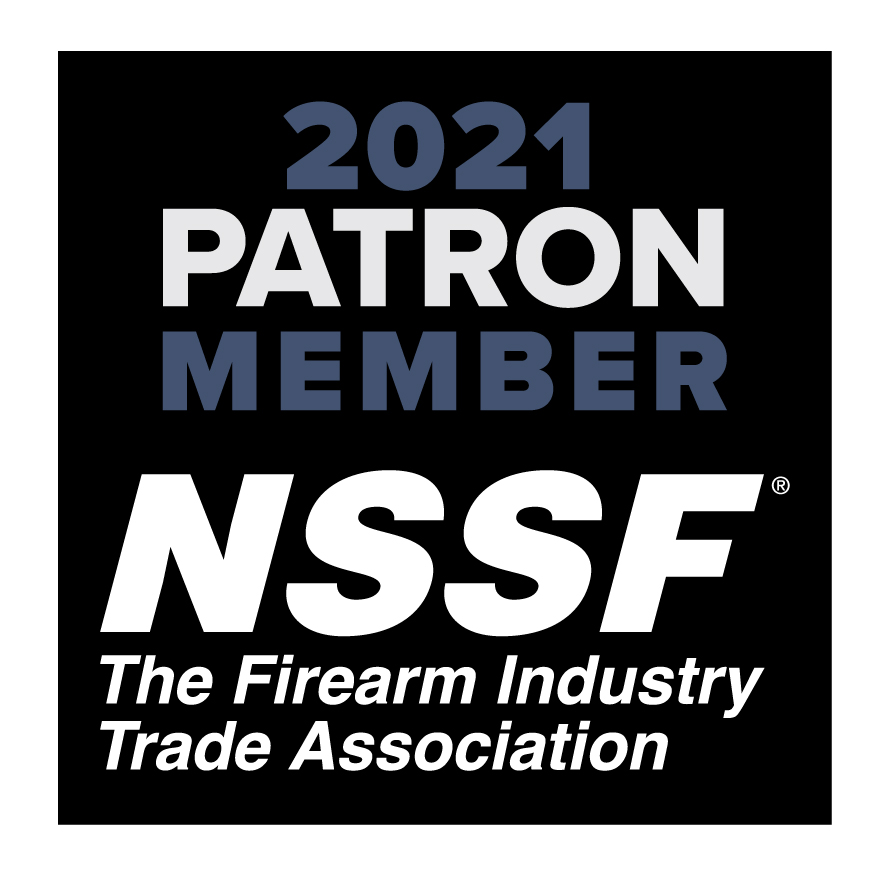Frequently Asked Questions
How do I get started?®
The first thing we recommend is taking classes. Understand the entire process. The NRA offers the NRA Range Development Program. Savage Range Systems supports this conference as a member of the NRA Vendors' Day Coalition, a one evening "trade fair" event held at each of the sessions. To learn more about their program visit their website at http://www.nrahq.org/shootingrange/rangedev.asp.
The National Association of Shooting Ranges in conjunction with National Sports Shooting Foundation also offers classes at the Annual SHOT Show University. Visit their informative website at http://www.rangeinfo.org. You may also want to contact your local university, local SCORE (Senior Core of Retired Executives) or Small Business Administration office. Visit the SBA's small business start up at http://www.sba.gov/starting_business/.
Can you provide me with per lane shooting range pricing?
Because there are so many variables it is best to speak with a customer representative to fully discuss your range needs. That way we can tailor a range to suit your expectations, your customers' needs and your budget. Initial discussions involve the width of the range, the on-center widths of each of your lanes, the height of the trap (standard height is 8', but longer distances, such as 100 yard or 100 meter ranges may require higher baffles or alternate design to capture errant rounds), whether or not the trap needs to be self-supporting (typically only a requirement in a facility incapable of handling the load weight, or outdoors where no baffles or support structures are installed), is it being installed indoors or outdoors, and type of ammo being used. We rate our traps at 1400 FPE at muzzle, 8100 FPE at muzzle and 13,000 FPE. If you have custom requirements we need to have an understanding of type of round and method of fire (fixed bench, fully automatic, how many bursts?).
What about lead abatement? Where do I get info regarding these issues?
For more info on outdoor range lead abatement - visit http://www.epa.gov/region2/waste/leadshot/. The SRS Snail® Traps contain all rounds. With the suggested optional conveyor, the rounds are conveniently brought to a DOT container.
How can I learn more about the OSHA Shooting Range Regulations?
You can learn more about the OSHA regulations by visiting their website at http://www.osha.gov.
I've been told that the water in your tank is hazardous and needs to be disposed of regularly?
First, the water in the tank rarely needs to be replaced. The Snail® Lubricant is a 100% aqueous non-hazardous, biodegradable material which represents 2% of the solution. The Snail® Lubricant is used for anti-corrosion, anti-foam and antibacterial purposes. For all practical purposes, water is added as it evaporates below the recommended level. If there is an accumulation of sludge in the tank, the fluid pumped out, the sludge removed, and the fluid returned to the tank. When removing the sludge from the premises it should be disposed of as hazardous material.
How often do I need to remove the sludge in your wet system?
Removal of sludge in the wet shooting range system is directly related to the volume of rounds, type of rounds, and target paper. If you are using a high volume of rifle rounds or frangible rounds, you can have a greater buildup of sludge. As an example, we spoke to one of our high volume end users, who indicated they remove the sludge every 2.5 million rounds on a 56' wide range. They fire a variety of rounds into that trap and it is representational of a facility with high volume firing. Keep in mind that the sludge buildup in the trap would typically be accumulated in the HVAC HEPA filter system or the dust collection system on a dry trap. Build up of airborne lead in HEPA air filters would typically result in higher costs and more downtime. Compared to a dry system, used in an indoor environment, the wet system results in overall lower operating costs and downtime.

Products
Customer Service
About Us
© 2025. Savage Range Systems, Inc. All rights reserved.

